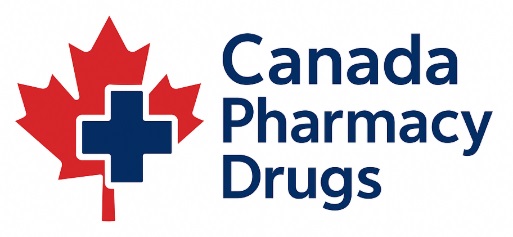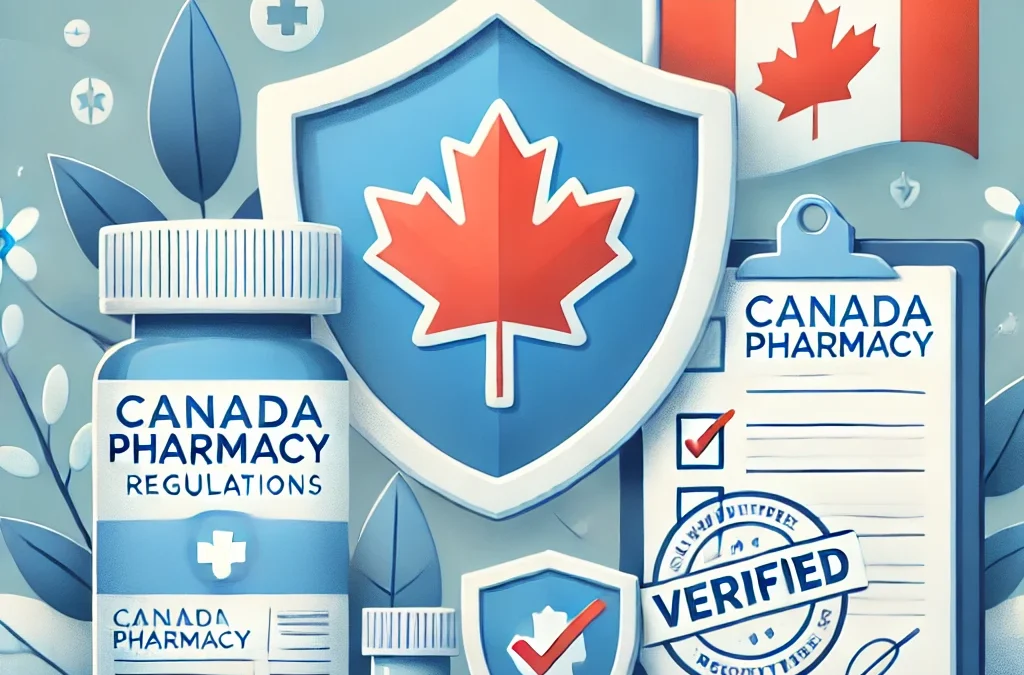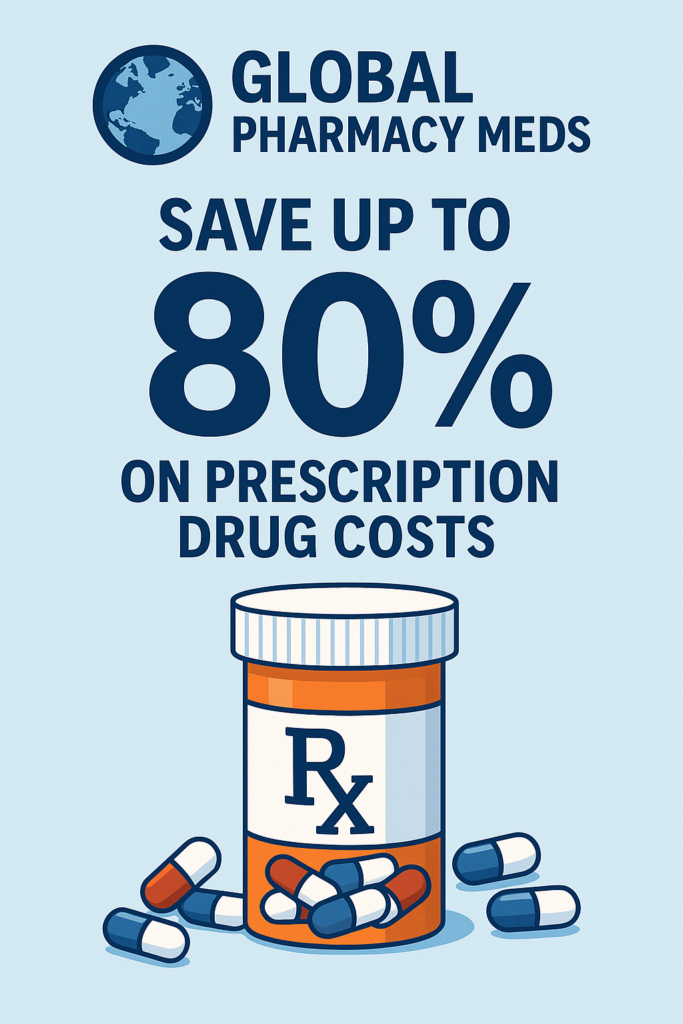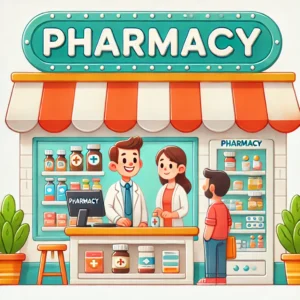Understanding Canada Pharmacy Regulations: Why It’s a Trusted Option
The cost of prescription medications in the United States continues to rise, leading many Americans to explore alternatives, including ordering from Canadian pharmacies. Canada’s healthcare system, known for its strict regulatory standards and oversight, has made Canadian pharmacies a trusted and reliable option for people seeking safe and affordable medication. In this article, we’ll explore how Canadian pharmacy regulations work, the safety measures they put in place, and why Canadian pharmacies are a reputable source for high-quality prescription medications.
1. How Canadian Pharmacy Regulations Work
Canada’s pharmacy industry is regulated at both federal and provincial levels to ensure that medications sold to the public meet stringent safety, quality, and efficacy standards. The key regulatory bodies include Health Canada and The National Association of Pharmacy Regulatory Authorities (NAPRA).
Health Canada
Health Canada, Canada’s federal health agency, oversees the approval and monitoring of pharmaceuticals. This includes both prescription and over-the-counter medications. Every drug that enters the Canadian market must undergo rigorous testing for safety, effectiveness, and quality.
- Drug Approval Process: Before any medication can be sold in Canada, it must be approved by Health Canada. This involves pre-market assessments, clinical trials, and stringent testing to confirm that it meets high standards for public use.
- Post-Market Surveillance: Even after a drug is approved, Health Canada continues to monitor its safety. They maintain adverse reaction databases, investigate any safety concerns, and enforce recalls if necessary.
NAPRA and Provincial Regulators
The National Association of Pharmacy Regulatory Authorities (NAPRA) collaborates with provincial pharmacy regulatory authorities to ensure that every pharmacy in Canada operates in compliance with standardized, high-quality practices.
- Provincial Oversight: Each province has its own regulatory authority that ensures pharmacies meet local laws and maintain high professional standards. These authorities inspect pharmacies regularly, oversee pharmacist licensing, and provide guidelines on dispensing practices.
- Professional Standards for Pharmacists: In Canada, all pharmacists must meet strict educational and licensing requirements. They must also complete ongoing professional development to stay updated on best practices, which helps ensure accurate and safe dispensing of medications.
These multi-tiered regulations help protect public health, maintain drug quality, and ensure that only qualified professionals handle prescription medications.
2. Safety Measures for Canadian Pharmacies
Canadian pharmacies operate under strict safety protocols that protect consumers from counterfeit medications, dispensing errors, and other potential risks associated with prescription drug use. Below are some key safety measures:
Stringent Quality Control
Canadian pharmacies must follow high standards of quality control when handling, storing, and dispensing medications. The oversight of both Health Canada and provincial regulators ensures that drugs are stored properly to maintain their efficacy and that expired or compromised drugs are never dispensed.
- Temperature-Controlled Storage: Medications that require specific temperature conditions, such as insulin or vaccines, are stored in climate-controlled environments to ensure they remain effective.
- Expiry Date Monitoring: Canadian pharmacies closely monitor medication expiry dates to ensure no expired products are ever given to patients.
Pharmacist-Led Medication Reviews
In Canada, pharmacists are more than just dispensers of medication. They often play an active role in patient health management by conducting medication reviews and providing counseling on drug interactions, dosages, and side effects.
- Medication Counselling: Pharmacists in Canada are legally required to provide counseling for each new prescription, helping patients understand how to use their medication safely.
- Drug Interaction Screening: When filling prescriptions, Canadian pharmacists are required to screen for potential drug interactions, allergies, and other risk factors, adding an additional layer of protection for patients.
Prescription Verification
To prevent fraud and ensure patient safety, legitimate Canadian pharmacies require a valid prescription from a licensed healthcare provider before dispensing medications. This verification step is crucial, as it confirms that the patient is receiving an appropriate and necessary medication.
- Electronic Health Records: Many Canadian pharmacies integrate with electronic health records (EHR) systems, which helps track patients’ prescriptions and identify potential issues.
- Prescription Transfer Protocols: If a patient is switching pharmacies, Canadian regulations mandate a secure prescription transfer process, ensuring continuity of care and preventing medication errors.
3. Price Transparency and Affordability
One of the primary reasons Americans turn to Canadian pharmacies is the difference in medication prices. Canada’s government negotiates drug prices to keep them affordable for its citizens, which results in prices that are often much lower than those in the U.S.
Government-Initiated Price Controls
The Patented Medicine Prices Review Board (PMPRB) is a Canadian government agency that ensures drug prices are not excessive. This helps keep medication costs fair and reasonable for Canadians and, indirectly, for Americans who buy through licensed Canadian pharmacies.
- Price Negotiation: Unlike in the U.S., where drug prices are largely dictated by pharmaceutical companies, Canada’s healthcare system negotiates prices to make medications affordable.
- Uniform Pricing: Canadian pharmacy prices are consistent nationwide, making it easy for patients to compare prices and avoid the significant price variations seen in the U.S.
Availability of Generic Medications
Canadian pharmacies also offer a wide variety of generic medications, which are often just as effective as their brand-name counterparts but much more affordable. Generics undergo the same strict testing as brand-name drugs and are regulated to ensure they provide the same therapeutic benefits.
4. Why Canadian Pharmacies are a Trusted Option
Canada’s healthcare and pharmaceutical regulatory system is considered one of the most reliable in the world. By adhering to strict regulations and prioritizing public health, Canadian pharmacies have earned a reputation as a trusted source of medications.
Quality Assurance and Trust
The layered regulatory oversight from Health Canada, NAPRA, and provincial authorities creates a system of checks and balances that ensures high-quality standards are met. This makes Canadian pharmacies a reliable option for those seeking affordable medications without compromising on safety or efficacy.
Consumer Protections and Privacy
Canadian pharmacies also adhere to strict privacy standards to protect consumer information. They are required to comply with the Personal Information Protection and Electronic Documents Act (PIPEDA), which safeguards the personal and medical information of their customers.
Accessibility and Ease of Use
Reputable Canadian pharmacies often operate online, providing patients with a convenient way to order medications from the comfort of their own homes. However, they still adhere to all the same regulations and standards that govern brick-and-mortar pharmacies, making it a convenient yet safe option for U.S. patients.
5. How to Identify a Legitimate Canadian Pharmacy
While Canada’s pharmacies are strictly regulated, it’s essential to ensure you are ordering from a legitimate source. Here are some tips to help you verify the credibility of a Canadian pharmacy:
Check for Certification from the Canadian International Pharmacy Association (CIPA)
The Canadian International Pharmacy Association (CIPA) is an independent organization that certifies online Canadian pharmacies that meet strict safety and authenticity standards. Pharmacies bearing the CIPA seal have been vetted to ensure they comply with Canadian regulations and offer safe medications.
Look for PharmacyChecker Verification
PharmacyChecker is an independent verification service that lists reputable pharmacies worldwide. Checking for a PharmacyChecker seal is another way to confirm that a Canadian pharmacy is licensed, legitimate, and follows industry best practices.
Verify Prescription Requirements
Legitimate Canadian pharmacies will always ask for a valid prescription from a licensed healthcare provider. If a website offers to sell prescription medications without requiring a prescription, it is likely not operating under Canadian regulations and should be avoided.
Conclusion
Canadian pharmacies, regulated by multiple layers of oversight, have established themselves as trusted providers of affordable, high-quality medications. With stringent safety protocols, professional standards, and cost-saving measures, they offer a reliable alternative for Americans facing high prescription drug costs. By understanding the robust regulatory framework that governs Canadian pharmacies, patients can feel confident in choosing Canadian sources for their medications.
However, it’s essential to choose a reputable pharmacy, verify its certifications, and always use a valid prescription. By doing so, patients can enjoy the benefits of safe, affordable, and effective medication from a trusted Canadian pharmacy provider.
 Save Up to 80% on Prescription Drugs with Global Pharmacy Meds
Save Up to 80% on Prescription Drugs with Global Pharmacy Meds
Say goodbye to high drug prices. At Global Pharmacy Meds, we connect you with trusted international pharmacies offering FDA-approved medications at a fraction of U.S. costs. Whether you’re managing a chronic condition or filling a maintenance prescription, you can enjoy safe, affordable, and reliable service—with free shipping and real savings.
💊 Trusted Sources
🌍 Global Access
💵 Big Savings
📦 Discreet Delivery
Global Pharmacy Meds — Quality You Trust. Prices You Deserve.



